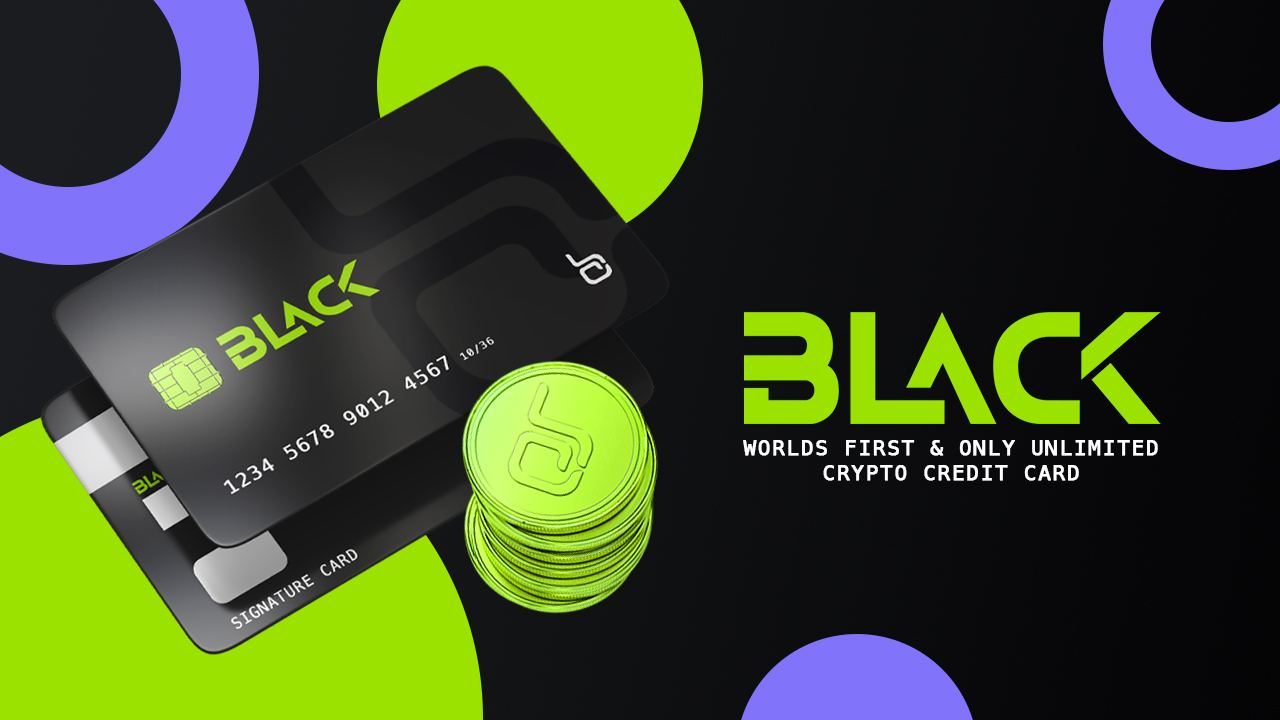[Part 3] Crypto Market Report For The First Half of 2022
This is the final instalment in a series on analyzing the macroeconomic impact on the crypto market. You should read the previous two sections (part 1, and part 2) before reading this article.
![[Part 3] Crypto Market Report For The First Half of 2022 1 Market Report](http://news.coincu.com/wp-content/uploads/2022/07/image-1158-1024x711.png)
Core Knowledge
- The bad macroeconomic situation plus the crypto market is in a state of lack of quality stories to attract new money into the market.
- Negative events such as the demise of Terra, Three Arrows Capital, Celsius and many other large and small institutions have sent the crypto market into a deep bearish state.
Crypto Market In The First Half Of 2022
Key Highlights Impacting The Market
Year-to-date, Bitcoin has seen a 57.8% drop. It was followed by a decline in market capitalization of about 70% since ATH (equivalent to more than 2,000 billion USD).
Besides, we can also mention the outstanding events that contributed to the above decline such as:
- The event that UST (Terra ecosystem’s stablecoin) lost its peg caused Luna Foundation Guard to sell BTC newspapers in its Treasury to subsidize UST (details here ).
- Celsius events with consequences leading to asset liquidation on Lending protocols (details here ).
- The Three Arrows Capital event risks bankruptcy and the twists behind it (details here ).
The collapse of Terra (LUNA) and its ecosystem took a heavy toll on the parties involved. So far we do not have an overview of the damage to Terra (LUNA), the ecosystem and the parties that have suffered around the UST.
This event creates selling pressure on the crypto market (OTC, secondary market…), and affected parties tend to reduce the proportion of positions for the purpose of portfolio restructuring.
Through lending & debt protocols, additional “money” is created, and the loss of investment in Terra (LUNA) & the ecosystem around UST highlights the payment risk to the parties involved.
Luna & UST event triggered domino fall for parties like Celsius, Three Arrows Capital… These are not small organizations in the market. Therefore, when they face difficulties, many stakeholders will be involved. mandarin. Therefore, it is too early to conclude that the influence has ended.
Overall, the macro conditions are not favourable for the crypto market. Combined with the fact that there are not many new breakthrough products, liquidity risks and a decrease in demand trigger a decline in the market.
- Liquidity risk: Manifested in Staked assets (such as stETH), deals from the primary market (leading to the illiquidity of Three Arrows Capital), LUNA not having enough liquidity to hold Peg for UST…
- Declining market demand: This aggravates the situation that liquidation can occur without liquidity causing the price to plummet (very evident in the event Solend takes over user wallet management ).
Poor risk management is the main reason leading to the above consequences. This also shows that large organizations that manage billions of dollars when entering this market have not yet fully assessed the potential risks.
⇒ The crypto market has grown (with a peak capitalization of 3 trillion USD) but is still very young.
Besides, the fact that whales holding a large amount of Bitcoin in the market today such as Microstrategy, Tesla or El Salvador are recording losses, making investor sentiment even more negative. Especially for those under debt pressure like Microstrategy, when the amount of BTC they hold is liquidated, it will be more likely to cause the price to drop sharply because the liquidity in the crypto market is quite thin right now.
In general, there are comments that without chain effects like Terra (LUNA), Celsius or Three Arrows Capital, it is likely that we can still see Bitcoin hold the $35,000 – 40,000 price mark. USD in the present.
The Trade-Off Between Growth And Security
In addition, the status of hacked projects in the first half of 2022 raises many questions regarding the trade-off between hot growth and security.
According to recorded data from The Block, the first half of 2022 is the period when the market sees many hack/exploit events with the largest asset value.
![[Part 3] Crypto Market Report For The First Half of 2022 2 h1 report](http://file.coin98.com/images/h1-report-b51lWfEgbyVKuECK.png)
The total value of damage from attacks recorded in the first half of 2022 is about 1.6 billion USD.
Although in 2021, Layer 1 blockchains (Non EVM and EVM Compatible) have very good profits, but when the growth season passes, these ecosystems reveal many weaknesses in terms of security.
This directly affects users’ trust in the protocols in the ecosystem. At the same time making the liquidity of the crypto market thinner, making the Bear Market situation worse.
To summarize, the crypto market in the first half of 2022 has the following key features:
- The market, in general, turned negative and there was not much “land” for growth due to the negative impact from the macro side.
- The chain influence of events such as Terra, Celsius, and Three Arrows Capital… put pressure on the market to quit. These events also show the imperfection in risk management of crypto institutions.
On the other hand, the bear market is a “stress test” to find new investment opportunities with long-term growth potential.
Analysis Of The Key Puzzle Pieces In The Crypto Market
In the next section, we will focus on analyzing each piece of the crypto market in the first half of 2022, including the following:
- Change of the main story: Focus Rollup instead of Alt-L1.
- DeFi market downturn.
Focus Rollup Instead Of Alt-L1
DeFi on Ethereum exploded in Q1/2021 causing the average gas price on Ethereum to fluctuate strongly in the range of 100-300 Gwei. With such gas prices, the average transaction fees for basic DeFi operations such as approve, swap and adding liquidity often exceed $100.
Alt-L1s are temporary alternatives where other scaling solutions are not ready to go. Some notable Alt-L1s in 2021 include:
- EVM: BSC, Polygon PoS Chain, Fantom, Harmony, Avalanche C-Chain.
- Non-EVM: Terra, Solana, Near.
In general, Alt-L1 ecosystems often compete with each other around issues such as low transaction fees, high throughput, low latency, and ecosystem incentives (funding & subsidies). However, over the period of operation, the Alt-L1 all revealed certain limitations. Basically, they trade off one or more important features such as security and decentralization in exchange for low fees and instant scalability.
If the story in 2021 around “Alt-L1 solved the blockchain scaling problem, Ethereum sharding & rollup is too little, too late”.
Going through 2022, the story has changed dramatically, “Alt-L1s can’t scale, most have structural issues, sharding & rollup is the most viable to scale blockchain in time come”.
Although sharding & rollup has outstanding advantages, they still have certain limitations related to time and sovereignty, the dYdX event announcing the project will move to a Cosmos-based chain is a typical example.
It is difficult to say which solution or development direction is suitable for the market in the next 6-18 months. However, we can be sure, that the stories surrounding the topic of “increasing the performance of blockchain” remain one of the main stories for the next bull run.
DeFi Market Downturn
Before 2020, the DeFi market mainly developed on Ethereum, DeFi Ethereum dominance accounted for more than 95% of TVL.
![[Part 3] Crypto Market Report For The First Half of 2022 3 total tvl](http://file.coin98.com/images/total-tvl-gIxBa1jtG8spkNQY.png)
During this period, we witness the exponential growth of the DeFi market on Ethereum. A number of DeFi primitives protocols have launched and grown the network during this time and have become a solid foundation for DeFI’s development on Ethereum. Some typical projects include;
- On-chain liquidity: Uniswap.
- On-chain lending: Compound, Aave.
- Debt market: Maker DAO.
Going into 2021, the DeFi market on Ethereum is no longer the centre of the story. DeFi development is mostly horizontal and the focus is on Alt-L1s (EVM Chain & non-EVM Chain). However, other blockchains are mainly forking the direction of the DeFi market on Ethereum, with no new breakthroughs being created in the market.
Total TVL of the whole market was flat throughout Q1/2022. The collapse of the Terra ecosystem is the trigger for the “domino fall” event of the crypto market.
e effects from the macroeconomics exacerbated liquidity risks in the crypto market. Investors also began to reduce the leverage on the number of crypto assets they hold to avoid the risk of liquidation.
As one of the main needs driving the growth of crypto-backed stablecoins is no longer strong, the decline in the supply of crypto-backed stablecoins is understandable.
Verdict
In the first half of 2022, the crypto market fell into a deep decline amid the overall financial market landscape. While the macroeconomic effects will not stop anytime soon, the effects and associated risks of the “domino fall” phenomenon of major crypto institutions have not been fully explored and exposed, possibly, The decline in the crypto market may continue to decline in the second half of 2022.
If you have any questions, comments, suggestions, or ideas about the project, please email ventures@coincu.com.
DISCLAIMER: The Information on this website is provided as general market commentary and does not constitute investment advice. We encourage you to do your research before investing.
Join CoinCu Telegram to keep track of news: https://t.me/coincunews
Follow CoinCu Youtube Channel | Follow CoinCu Facebook page
Marcus
Coincu Venture



















